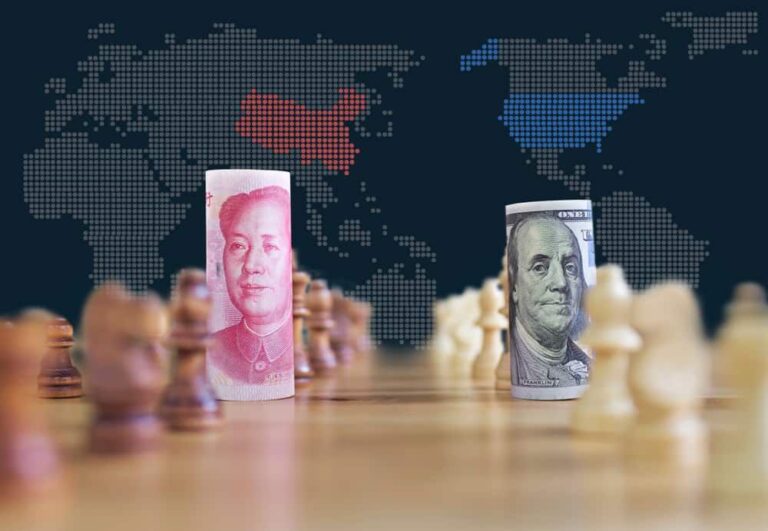
The Chinese stock market is making headlines, witnessing a surge that has driven its indices to the highest levels in nearly a decade. This surge reflects growing investor confidence, driven by a series of favorable economic indicators and government initiatives aimed at stabilizing the nation’s capital markets.
Record-Breaking Numbers
On Monday, the Shanghai Composite Index closed at 3,728.03 points after peaking intraday at 3,745.94—its highest since August 2015. The rally pushed the total market capitalization of listed companies beyond 100 trillion yuan (approximately $13.92 trillion) for the first time during the session. Meanwhile, the Shenzhen Component Index climbed an impressive 1.73% to finish at 11,835.57. The ChiNext Index, which tracks growth-oriented firms, also registered a significant gain of 2.84%, closing at 2,606.20.
Key Drivers of Growth
Monday’s rally was not just a flash in the pan. Over 4,000 stocks saw gains, with sectors such as brokerages, fintech, artificial intelligence (AI) hardware, and companies in rare-earth materials leading the charge. Interestingly, this surge has been characterized by a lack of the usual volatility. The CSI 300’s 10-day historical volatility is currently at annual lows, hinting at a measured and sustainable bull market.
This aligns with the Chinese government’s vision of a “slow bull” market that prioritizes long-term household wealth growth and consumption. While retail investor participation currently remains cautious, this conservative stance has contributed to reduced market speculation, reducing risks of a bubble.
Retail Participation and ETFs
Despite equities outperforming bonds in recent months, retail participation has been sluggish. Chinese equity exchange-traded funds (ETFs) witnessed eight consecutive weeks of outflows through mid-August, even though the CSI 300 index climbed over 9% during the same period. Analysts attribute this tepid enthusiasm to households gradually shifting their focus to equities as falling interest rates lower returns on savings accounts.
Beijing’s Role in the Market Revival
The rally is strongly tied to Beijing’s efforts to foster innovation-driven growth. Government measures such as interest rate cuts, capital injections into equity markets, and the central bank’s swap program aimed at enhancing broker access to stock financing have played crucial roles. Additionally, economic resilience is a factor, with China’s economy expanding 5.3% in the first half of 2025.
While questions linger about the long-term sustainability of this surge, it is clear that China is making bold strides in positioning its capital markets for sustainable success.
Investing in Innovation
For individuals eyeing an opportunity to grow their wealth during this market revival, artificial intelligence (AI) and fintech are showing vast potential. If you’re looking for ways to support your skin health using the best technological advances, consider affordability-friendly additions to your lifestyle, like the Skinceuticals Silymarin CF Serum, which combats oxidative stress from environmental pollutants. Combining self-care and financial wellness could be a step toward embracing a balanced lifestyle.




